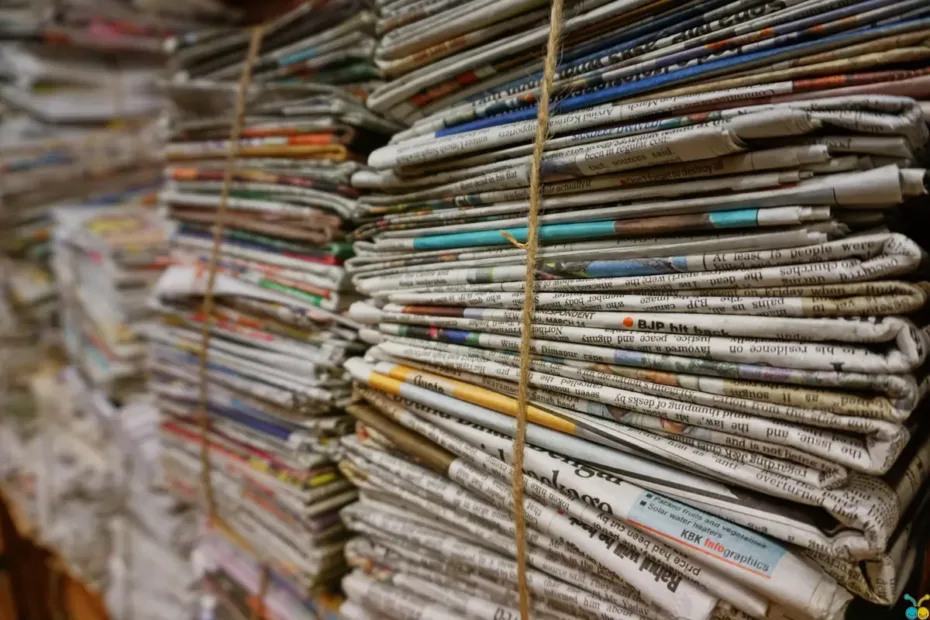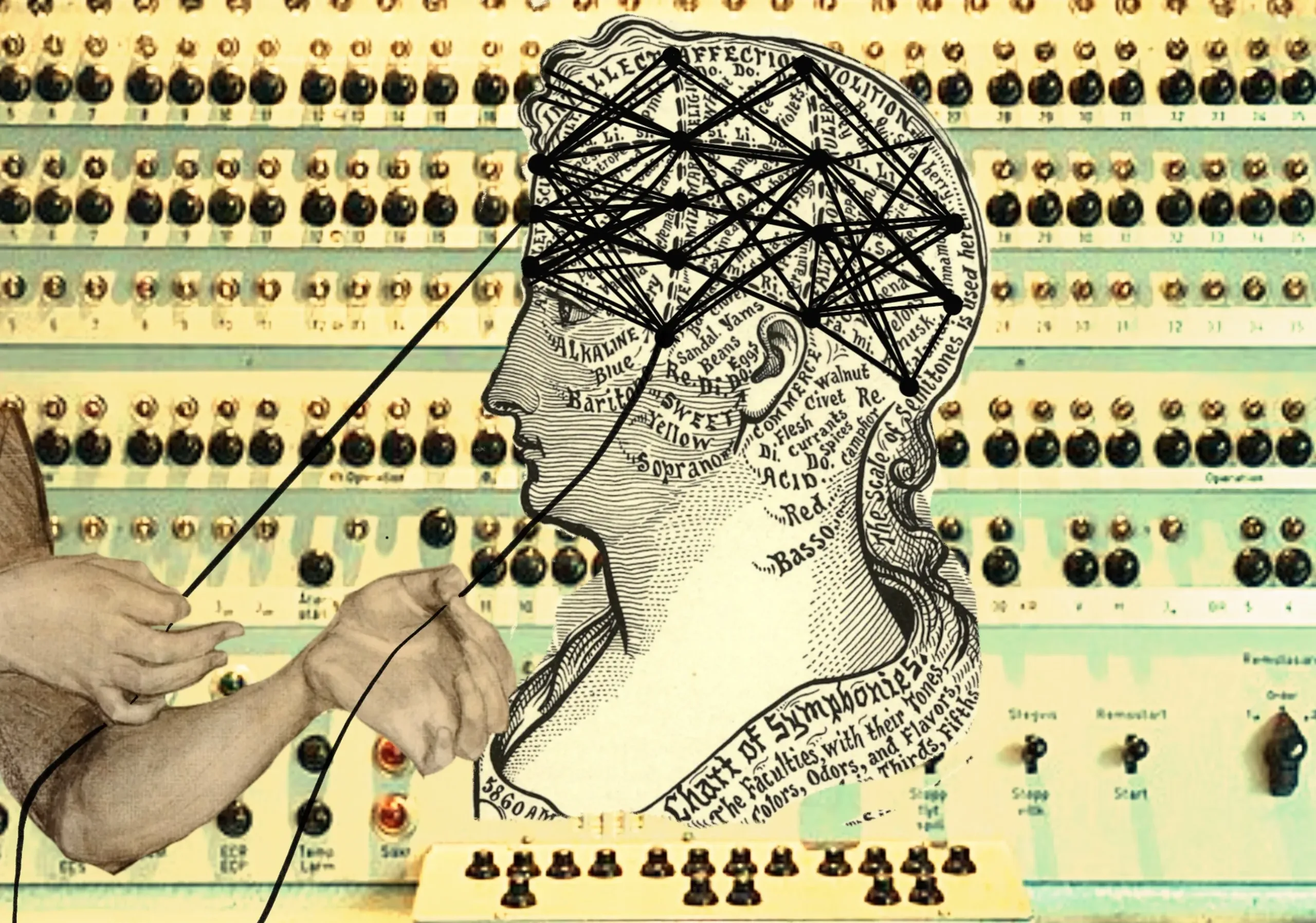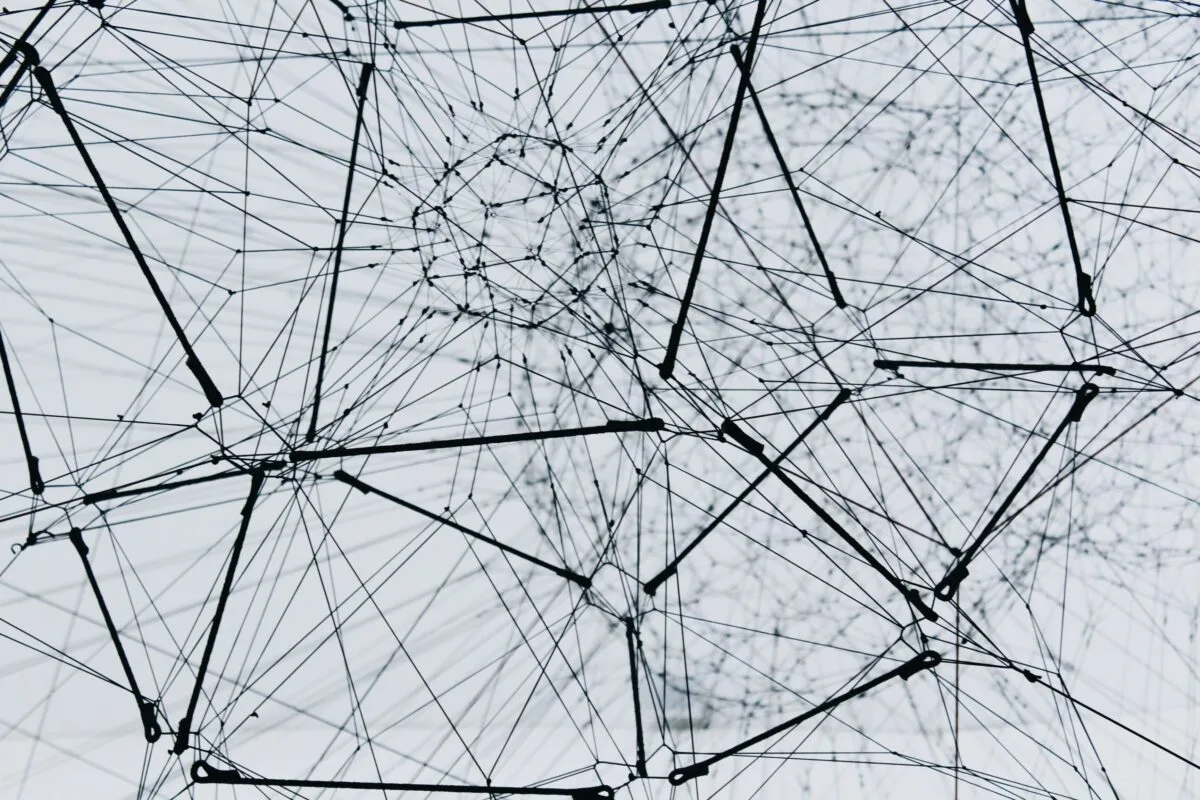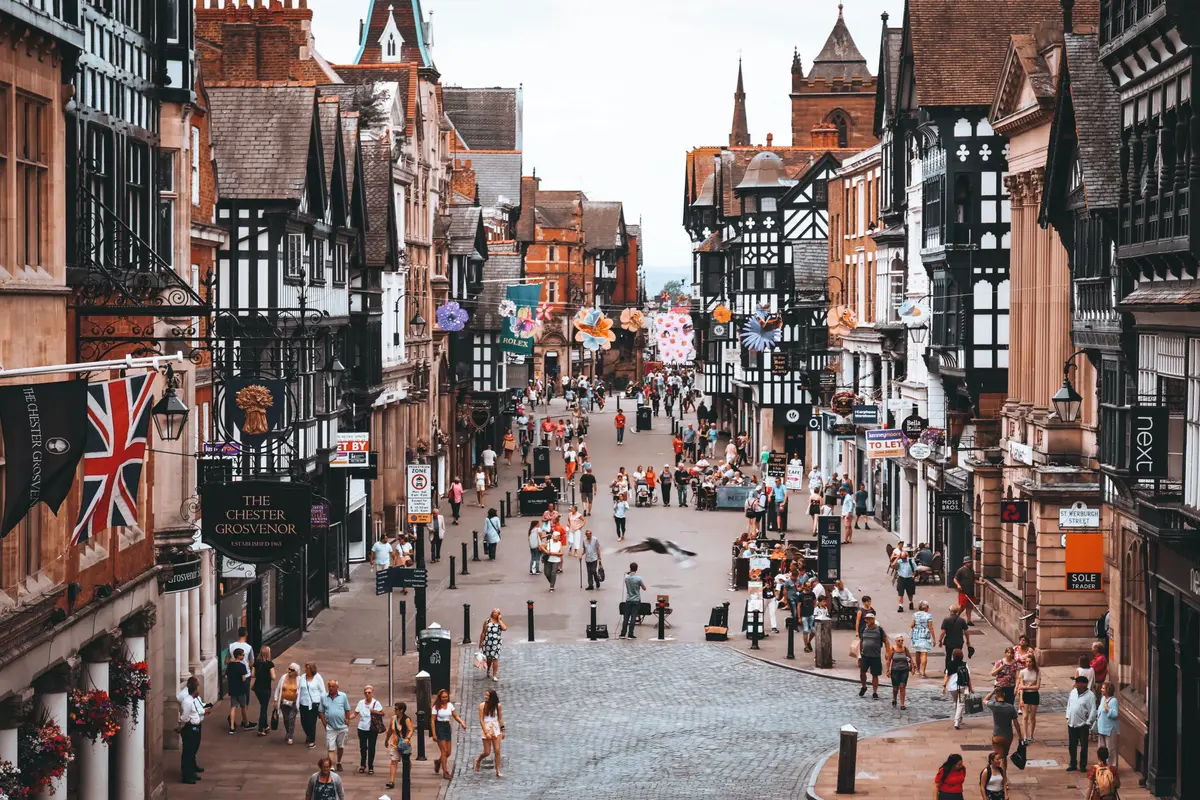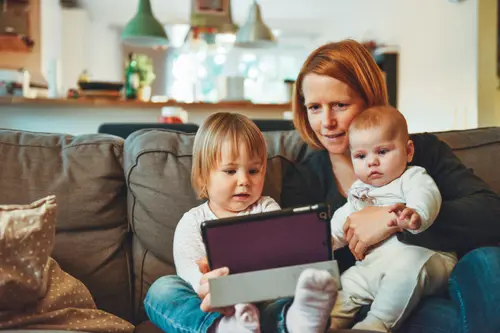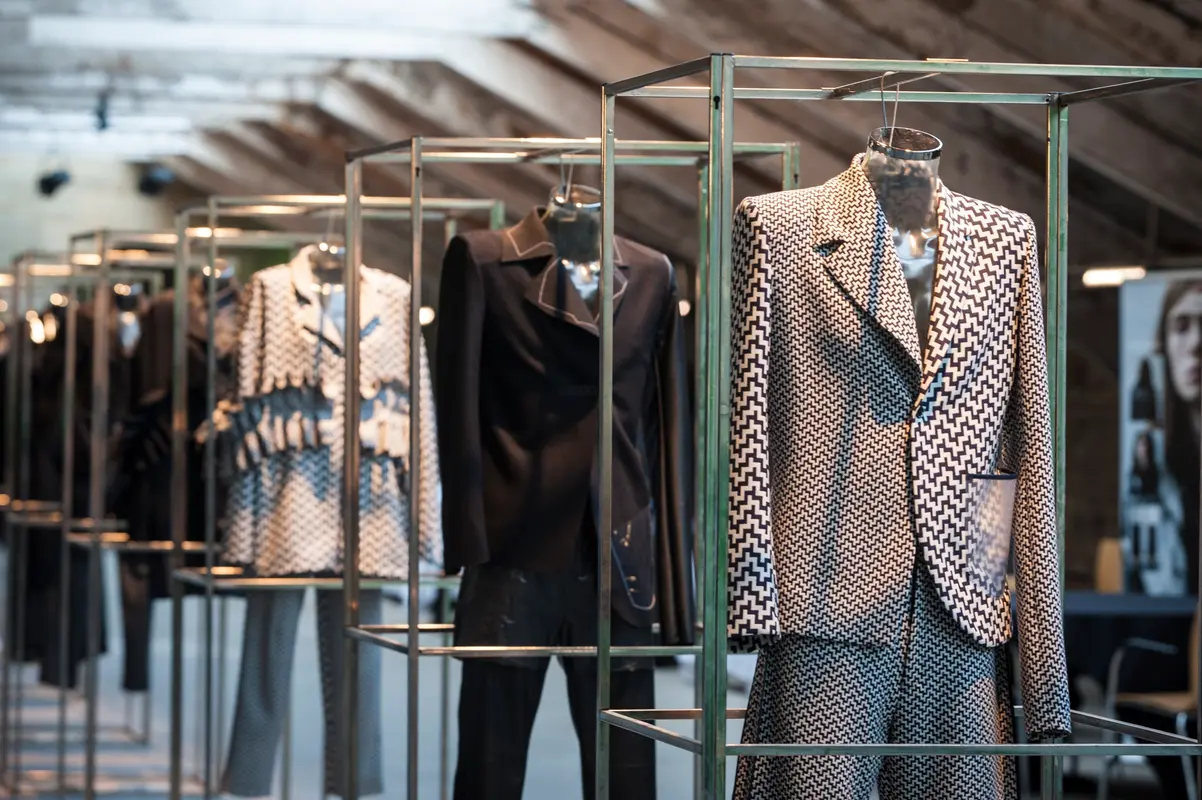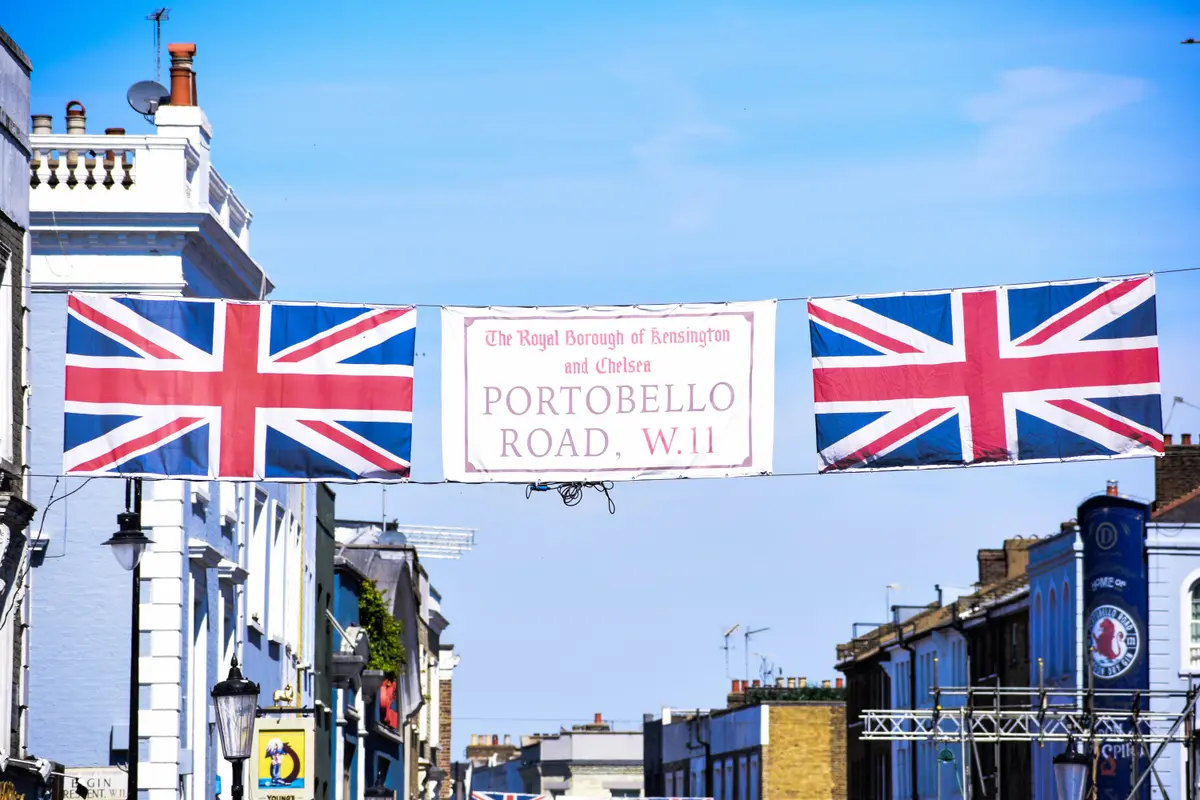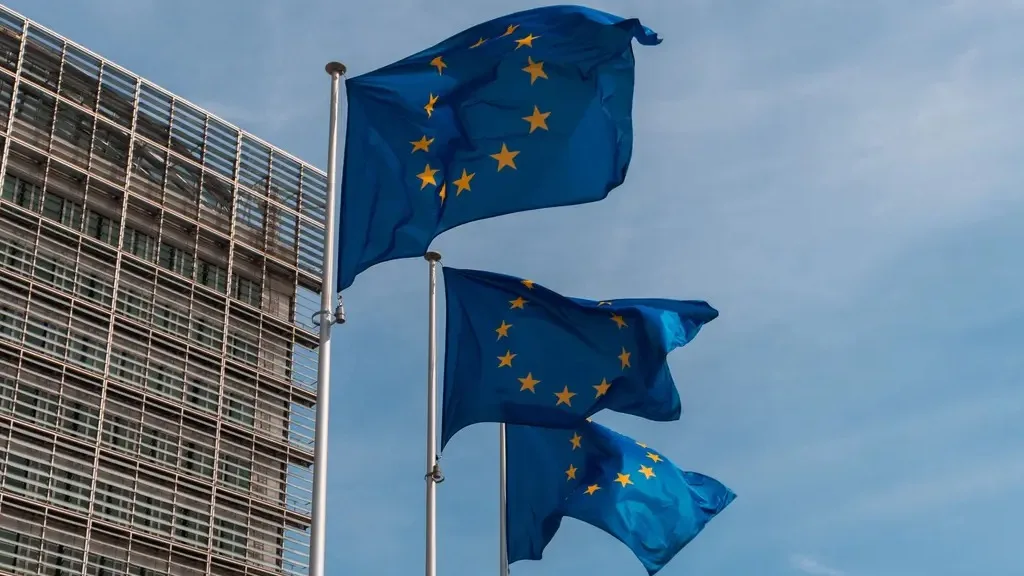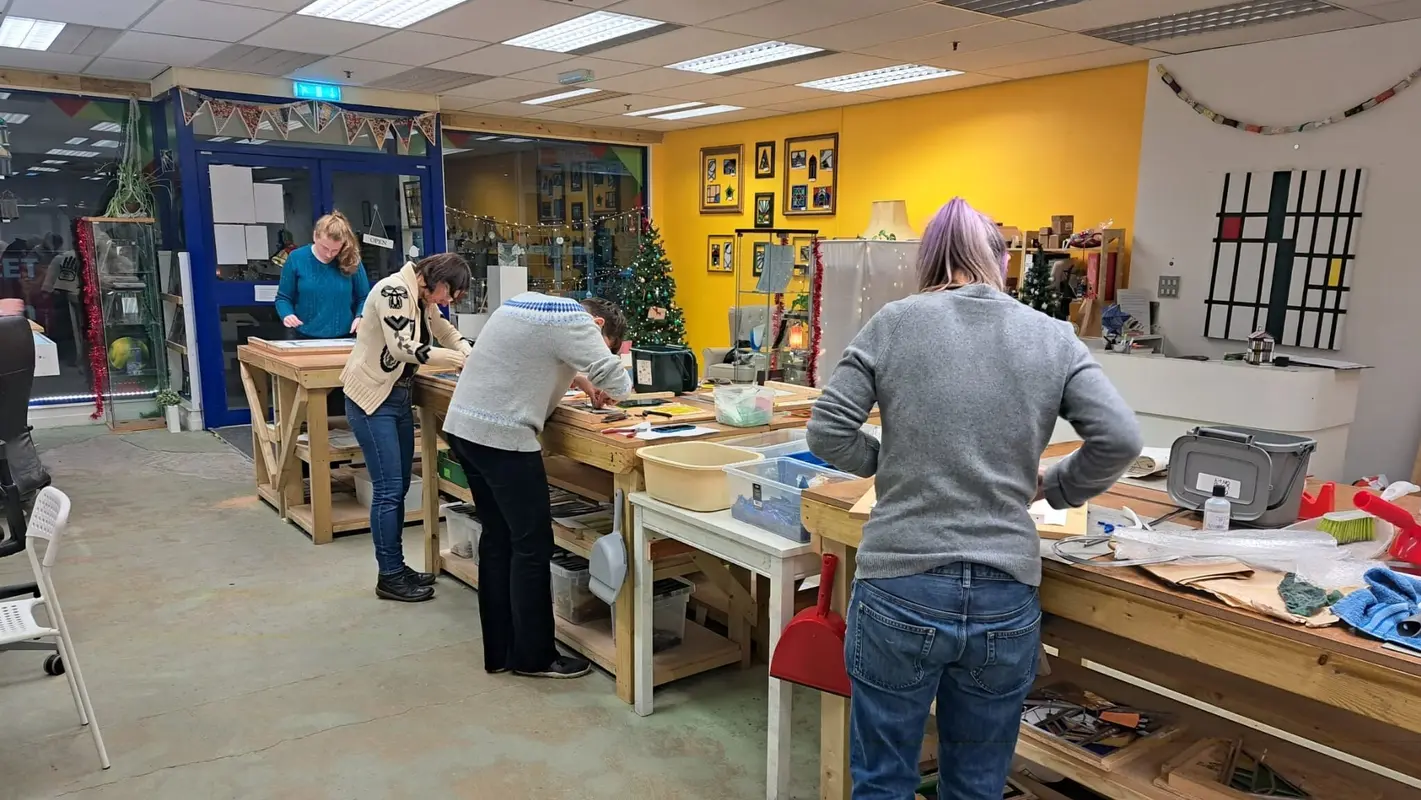Newspapers covered many of the impacts of COVID-19, from the psychological strain of lockdown isolation to the damage on the economy from closed borders and disrupted supply chains.
This discussion paper is based on a study that examined newspaper coverage of the impact of COVID-19 on the creative industries. It looks at the way in which some of the challenges that are particularly unique to the creative industries, such as the outsized impact of the pandemic on freelancers, are talked about in legacy media outlets. It examines whether some creative industries sub-sectors were given greater exposure than others, and how the government’s financial support for the creative industries was critiqued and communicated by the press.
The study used qualitative methodologies, primarily by analysing a database of newspaper articles, stories, opinion-pieces and editorials covering the period 1 January – 31 December 2020.
The researchers found that newspapers generally were overly reliant on government press releases during this period, at the expense of other voices that could challenge and critique the official line. When newspapers did cover people and issues relevant to the creative industries, they tended to focus on only a few sub-sectors, particularly cultural sectors like the performing arts. When creative and cultural institutions were mentioned in the press, they were more likely to be based in England, particularly in London.
These issues with newspaper coverage of the creative industries are not new. Some of the challenges stem from a failure of understanding of a complex policy landscape. Newspapers tend to cover the cultural sub-sectors, such as theatre and performing arts, and leave out creative sub-sectors like architecture or video game design, when talking about the creative industries. There is also a diversity problem in the creative industries that is reflected in the way in which it is covered by the press. The largest institutions and establishment voices, often based in London and South East England, receive more exposure in newspapers than smaller organisations and people from places such as Scotland, Wales and Northern Ireland.
The researchers conclude that the coverage of the creative industries by newspapers during the pandemic was generally narrow and promoted the viewpoints of a few elite places and institutions. The over-reliance on official sources also meant that those voices outside of the government that were given coverage were generally institutional cultural leaders who tended to echo government’s messaging.
Please reference this paper as:
McAvoy, E A. and Allan, S (2022) Assessing the impact of COVID-19 on the arts and cultural sector: British newspaper reporting of the Culture Recovery Fund, London: Creative Industries Policy and Evidence Centre and Work Advance. Available from: https://pec.ac.uk/discussion-papers/reporting-of-the-culture-recovery-fund
Image credits
Hero photo by Digital Buggu
Thumbnail photo by Thomas Charters on Unsplash
Related Discussion Papers
Demand for Creativity and AI Skills in the Post-ChatGPT Labour Market
This study examines the evolving relationship between employer demand for creativity and AI skills i…
Regional Trade Agreements, Cultural Provisions and Trade in Cultural Goods
Analysing the impact of Regional Trade Agreements on the bilateral trade of cultural goods from 1999…
International Trade Challenges and the Effectiveness of Support Measures for the UK’s Creative Industries
The formidable challenges confronting the UK’s creative industries in the realm of exports, st…
Northern England’s Creative Industries
The Creative Industries are already a driver of growth across the UK economy. Export-intensive and m…
Creative Destruction? Creative firms, workers and residential gentrification
A new study by Tasos Kitsos, Max Nathan, and Diana Gutierrez-Posada finds only a minor influence of …
Speaking with One Voice
A fundamental remit of the BBC, and other public service broadcasters (PSBs) like ITV and Channel 4,…
Transitioning to Sustainable Production across the UK Theatre Sector
This discussion paper examines transitional pathways to sustainable theatre production in the UK. By…
Identifying and analysing UK fashion micro-clusters
The UK’s Fashion and Textiles industry contributed almost £20 billion to the UK economy in 202…
Net Zero as a catalyst in fashion micro and small enterprises
This report identifies examples of work taking place across three levels of change – social, e…
The Motives of Inbound Foreign Direct Investors in the UK Creative Industries
The UK’s creative industries have a global reach. British arts, technology, and design are internati…
Brexit uncertainty and international trade in services: Evidence from the UK creative industries 2014-2019
This discussion paper is based on one of the first studies to look at the impact of Brexit on the Cr…
Working Together – Cooperatives as a creative industry business model
This authors looks at how creative workers and students typically understand cooperatives, explore t…
